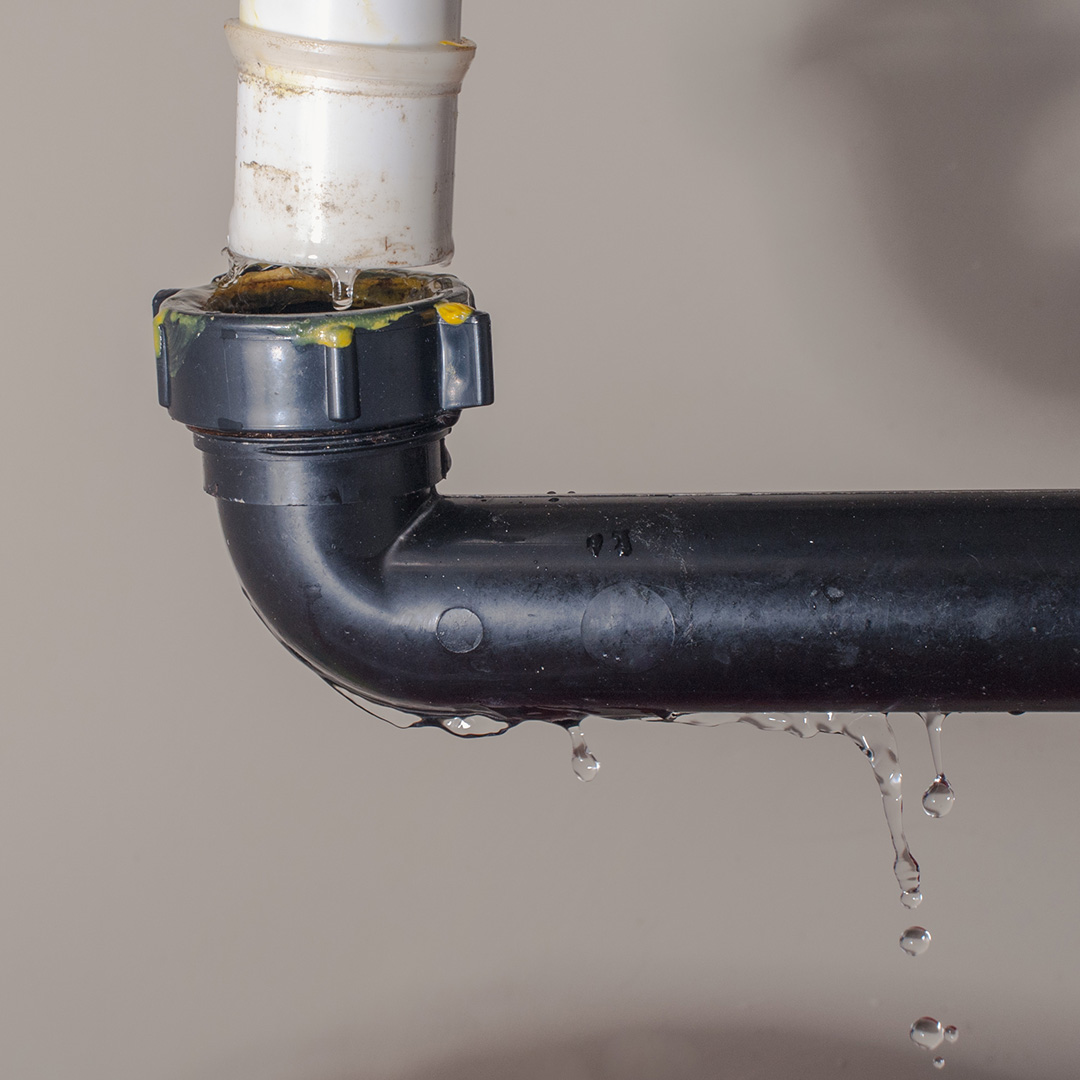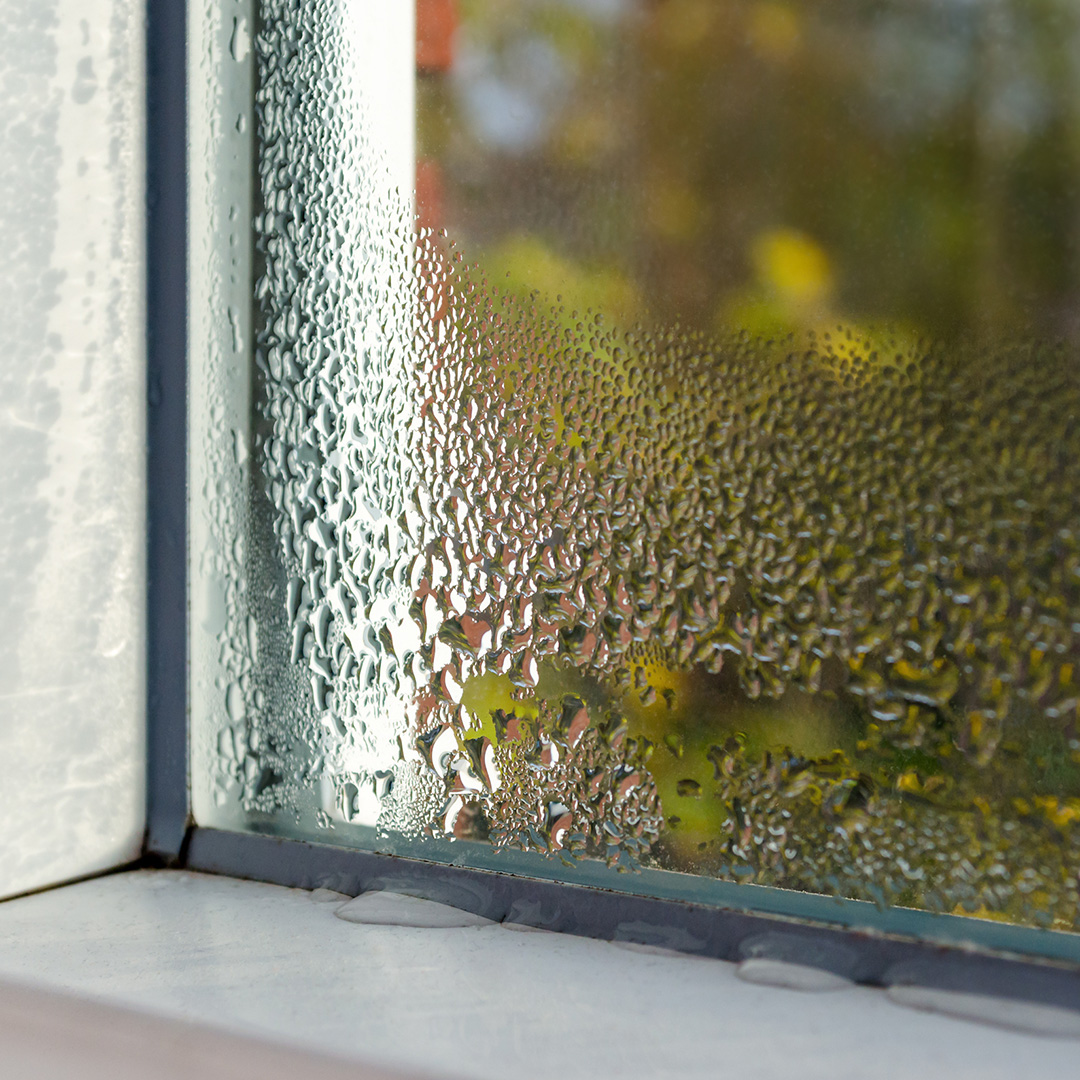


Basements are notoriously dark and damp places, but the resulting moisture can quickly turn into major problems for homeowners, including structural damage and/or toxic mold.
Persistent moisture is a result of water coming into your home, which is typically from three main sources:
Once you know the source of the water, you can better understand the cause and ultimately how to fix the moisture.
 1. Interior Leaks
1. Interior LeaksA water leak can come from a variety of places: a shower, a sink, a toilet, a washing machine, a dishwasher or a bad pipe – just to name a few. If the moisture in your basement is located on the ceiling or walls beneath a bathroom or kitchen, it is typically from an interior water leak.
How to Fix It: Repair the leak yourself or with the help of a plumber and that should eliminate it for good.
Rain or groundwater makes its way into basements due to poor grading.
The ground around your foundation should always slope away from the house, not towards it. If draining in the wrong direction, water will accumulate against your foundation and eventually make its way inside.
How to Fix It: It is important that the dirt around your foundation be compacted. To fix inadequate grading, create a slope away from your house by building up the dirt. The general rule is at least 6 feet.
 3. Defective Gutters
3. Defective GuttersJust like grading, gutters are meant to direct the water away from your home and its foundation. If your gutters and downspouts are missing, or not functioning properly, water is often directed towards your foundation, which will accumulate and eventually get into your basement.
How To Fix It: Consider adding gutters if there are none already in place. A minimum of 1 downspout should be placed per every 50 feet of the roof eave. Extenders should be placed on all downspouts, dispersing water at least 4 feet away from the foundation. Existing gutters should be cleaned regularly to ensure they are functioning properly.
If floor joists are not connected correctly to the foundation walls, the walls can slightly move. This will cause cracks to form. Having cracks in your foundation almost guarantees for water and moisture to enter.
How to Fix It: Depending on the cause of the cracks, your solutions will vary. If it’s due to water accumulating around the foundation, repairing your exterior drainage should help to solve the problem. If structural problems caused the cracks, proper footing and connections should be put into place to seal the gaps.
 5. Condensation
5. CondensationBasement condensation occurs when warm, moist air comes in contact with your cool basement walls and floor.
How to Fix It: Check the exhaust of your dryer and drain the central air conditioner to ensure they are not clogged. You may also want to consider installing a basement exhaust fan and/or insulating your basement.
If you notice basement moisture, make sure to contact professionals. At Irish Jones Construction, we can help you address leaks and moisture issues. Call for your free consultation today!